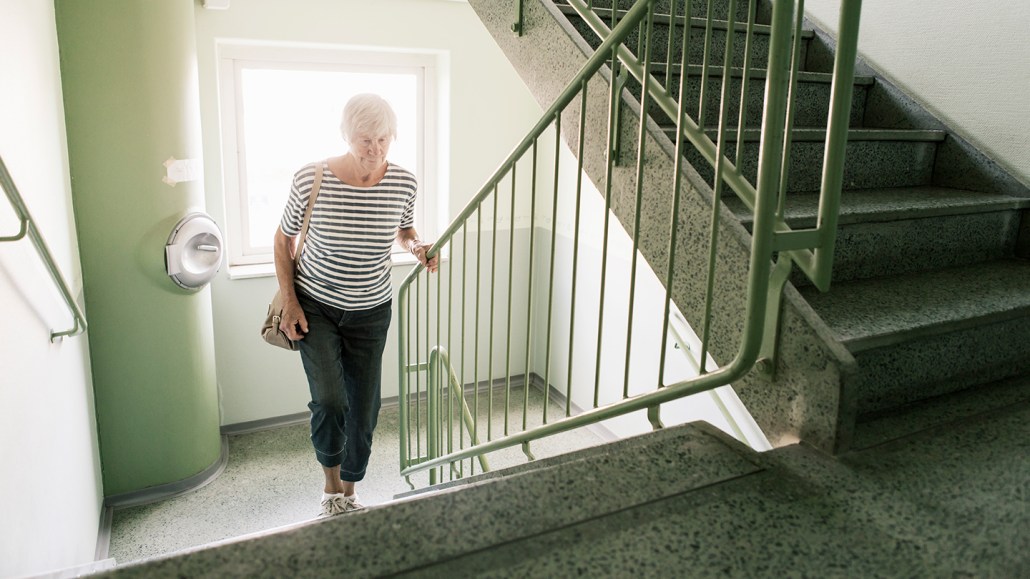Brief bursts of activity offer health benefits for people who don’t exercise
Stepping up the pace of a routine walk for a few minutes a day may help lower mortality risk

Taking the stairs is one way to boost the intensity of day-to-day activities like errands. For people who don’t exercise, such brief vigorous actions were linked to a lower risk of death compared with those whose days didn’t include these activity bursts.
Kentaroo Tryman/Maskot/Getty Images







